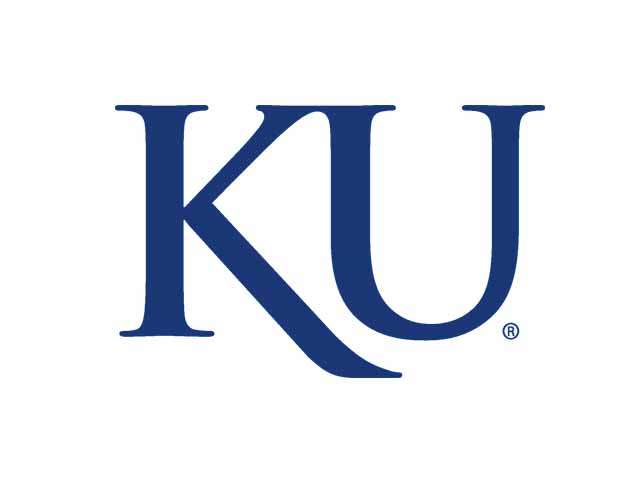Universities have long looked at athletic departments as the “front porch” of the institution. But as any homeowner can attest, not everyone in the neighborhood keeps their front porch clean. University of Kansas scholars have written a monograph exploring the long, complicated history of the relationship between universities and their athletic departments and argue the current funding model has grown to an unsustainable state for many universities.
When people think of a university they are not intimately familiar with, the first thing that often comes to mind is the mascot, or a sport the school traditionally excels in. College sports have become big business, but the intimate details of the financial nature of the enterprise are not widely understood.
“You hear storylines all the time about the NCAA, but people often don’t know the details. What’s most interesting to us is how athletics are funded,” said Jordan Bass, assistant professor of health, sport and exercise sciences and one of the authors. “How are we funding these programs that want to have a ‘front porch’ effect for their universities? A lot of people wouldn’t know Boise State existed if not for football, but we wanted to examine where the money comes from to fund these athletic departments. For example, are we taking away from academic programs if we chase this dream of having a front porch program?”
Bass co-authored the monograph with Claire Schaeperkoetter, a KU doctoral student, and Kyle Bunds of North Carolina State University. The authors outline the history of intercollegiate athletics, beginning with the first rowing competition between Harvard and Yale in 1852. They also examine the evolution of college sports, how it is governed and major developments, including:
- Splitting the NCAA into three divisions
- The implementation of Title IX
- The emergence of cable television.
All three had significant influence on college sport. The emergence of divisions was largely driven by the ability of certain universities to make more money and fund more lavish programs than their peers, while Title IX required equal opportunity for women’s sports, and increased broadcasting of competitions brought previously unseen amounts of money into athletic department coffers.
The authors point out that even with more money than ever flowing into athletic departments, not all are financially stable. In fact, many rely on student fees, tuition reallocation and other means of support from university general funds to fully fund their athletic departments. Throughout the work, the authors present a series of case studies highlighting the differences between university athletic budgets and the gaps between divisions.
“The universities that rely the most on these sorts of funding are often the ones that can least afford it,” Bass said. “As sports fans we like to think it’s an even playing field, that our team has a chance to win every week. But with Power 5 schools negotiating their own TV contracts and having other built-in advantages, it’s essentially not true.”
Funding problems are not unique to smaller schools, however. The authors share case studies from the University of California-Berkeley, Rutgers University and the University of Alabama-Birmingham, which have all either eliminated, or threatened to eliminate, programs or supported athletics through allocations that could have paid the equivalent of salaries for more than 100 professors.
While athletic teams strive to keep pace with their competitors on the field of play, that idea of “keeping up with the Joneses” has crept into nearly every aspect of intercollegiate athletics and, the authors point out, into the corporatization of universities. The authors examine athletic funding through the lens of economic and social theory, illustrating how the desire to win has led to an ever-expanding funding of new facilities, buildings, capital campaigns, attempts to attract boosters, increased spending on recruiting and countless other aspects of higher education.
Success in athletics can often backfire as the all-consuming desire to win has led to numerous scandals and the overshadowing of academic accomplishments, the researchers said.
“Once you’re known for athletics, whether for good or for bad you’re probably going to stay there in the general consciousness,” Bass said.
“When scandals come to light, we’ve seen repeatedly that it can have far-reaching implications and perceptions of the university in many ways can be negatively affected,” Schaeperkoetter said.
The authors point out they are not demonizing athletics and agree that they bring many benefits to universities and society. However, in an age when scrutiny on athletic budgets is higher than it has ever been, the negative aspects will continue to be magnified. And as new developments in intercollegiate athletic funding such as the ongoing debate about paying players, attempts by athletes to unionize and the ongoing “arms race” evolve, the current financial model is almost certain to undergo drastic changes. The final chapter presents a detailed analysis of some of the biggest challenges to the current funding model and how it has led to the unsustainable state it is currently in.
“Public awareness of these issues is higher than it’s ever been,” Bass said. “Intercollegiate athletics are under a greater microscope. We’re seeing a deeper analysis, and I think seeing how the public, students, athletic directors and others react is going to be very interesting.”

